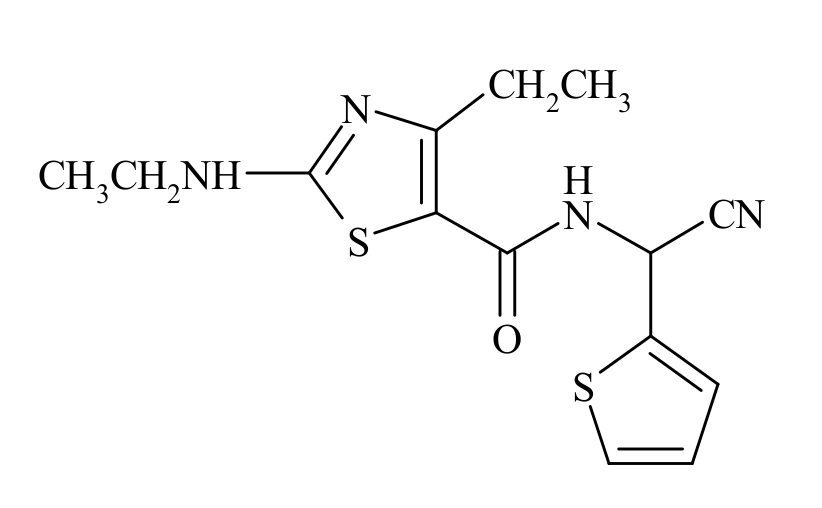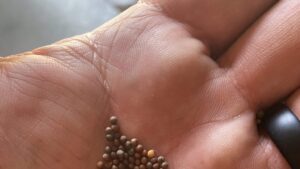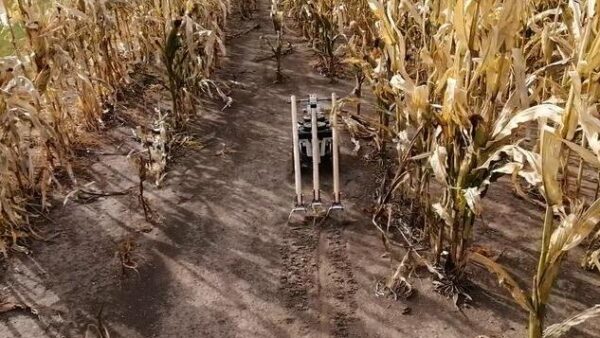A new chemistry called ethaboxam is a real game-changer. Two experts give us the lowdown on why it’s getting so much attention.
As crops like soybean become even more prevalent in Canada, especially in the West, diseases like Pythium and Phytophthora become concerning. As growers rely on chemistries like metalaxyl in the battle against these pathogens, resistance management is a hot topic.
Thankfully, there’s a new tool helping growers in the fight.

“Protecting a seed treatment from resistance issues isn’t much different from protecting a herbicide from the same problem if you can do it before the resistance evolves,” says Graham Collier, technical services manager for Nufarm.
“We are learning some very important things about herbicide resistance in weeds and are transferring that over to the seed treatment world. Growers rotate their crops without really thinking — it’s just basic good stewardship. The same idea has been emphasized with herbicides — rotate modes of action and use multiple modes of action together that target the same species.”
Pathogens of the oomycete family are an increasing concern among growers of field peas, lentils, chickpeas, dry beans, soybeans and cereals, seed treatment experts are looking to the future, trying to ward off resistance issues in seed treatments, especially those that protect against Pythium sp. and Pytophthora sp.
An answer has come in ethaboxam, a new active ingredient that works in conjunction with metalaxyl and is the only registered Group 22 seed-applied fungicide in Canada.
Phytophthora root rot caused by Phytophthora sojae is beginning to rear its head in Manitoba. Soybeans have expanded across the Prairies, and it’s one of the biggest threats for growers due to the rapid speed it can attack soybean seed. The disease remains in the soil, waiting for the right moisture and temperature conditions. Pythium root rot is made of many different species that can strike seedlings within 90 minutes of seeding. Growers are relying on metalaxyl to manage this disease.
Ethaboxam specializes in increasing the level of control of some Pythium sp. over metalaxyl alone and providing control of other species that metalaxyl is weaker on. When used together growers manage Pythium populations with two separate modes of action, reducing the risk of resistance development.
“In Western Canada we don’t have reported soil-borne Pythium resistance to metalaxyl yet, but it’s not uncommon in the northern U.S.,” Collier says.
Ethaboxam is registered for control of Pythium and early season root rot caused by Phytophthora sojae and also suppression of Aphanomyces root rot in pulses and soybeans.

Collier says it’s becoming apparent that we need additional tools to fight these pathogens, protecting the valuable resource of seed treatment.
Lexie Cook, southern Manitoba territory manager for Nufarm, says websites like fightsoybeandisease.com are helping to educate growers about how to help fight pathogens, reducing the likelihood of metalaxyl resistance.
“They can really take their disease management approach to the next level by thinking about resistance management when they consider seed treatment options. Right now, a lot of growers are just increasing the amount of metalaxyl they use in an effort to battle root rot. Relying on one mode of action is never a good idea, be it in herbicides or fungicides, seed-applied or a foliar application,” Cook adds.
Research trials validate that combining an active ingredient like metalaxyl with the new mode of action offered by ethaboxam delivers unprecedented protection against the spectrum of Pythium and Phytopthora, she says.
“We now have something to offer growers to help solve a major issue. It’s very exciting and has some big implications for the future.”












